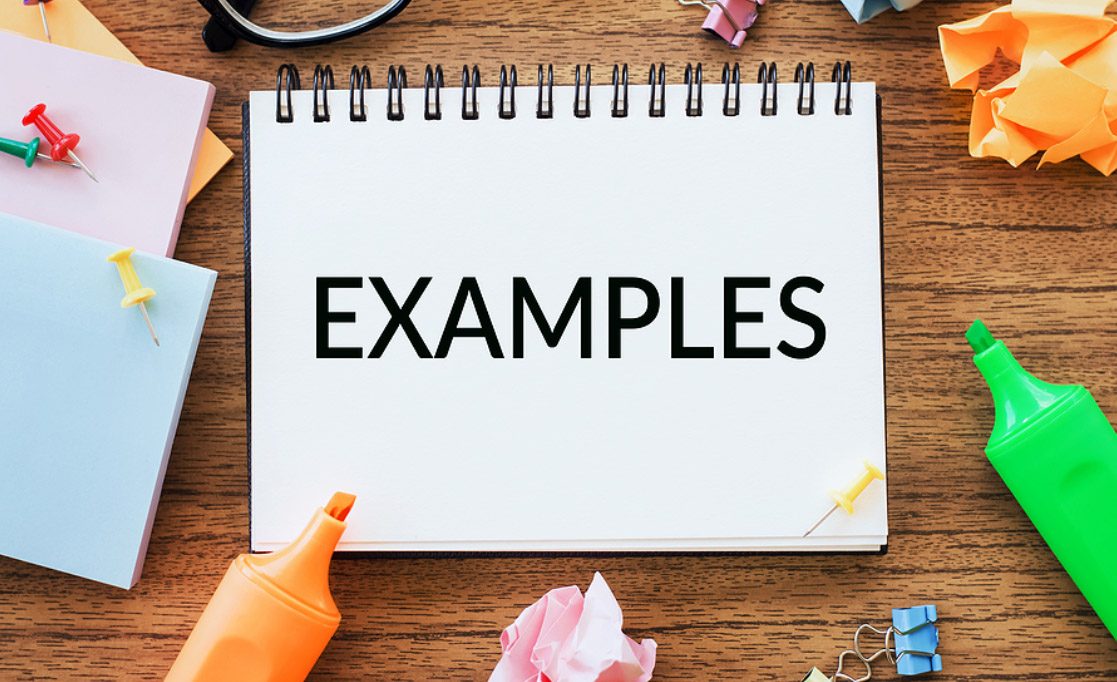Bushfire Building: Are Your Home & Family Protected?
Worried about protecting your home from the devastating threat of bushfires? Navigating the complex landscape of Australian bushfire building standards can feel overwhelming. But it doesn't have to. This comprehensive guide breaks down the regulations, compliance requirements, and practical steps you can take to fortify your property and safeguard your family.
Understanding Bushfire Attack Levels (BAL)
The cornerstone of bushfire protection in Australia is the Bushfire Attack Level (BAL) rating. This rating quantifies the potential severity of a bushfire attack a building may face, based on factors like vegetation type, distance from the vegetation, and the slope of the land. Knowing your BAL rating is the first, and arguably most crucial, step in ensuring your home complies with building codes Australia bushfire.
A bushfire risk assessment is conducted by a qualified professional to determine your property's specific BAL rating. This assessment considers factors such as the type and proximity of vegetation to the building, the slope of the land (as fire travels faster uphill), and prevailing wind directions. This information is then used to classify the property within one of six BAL categories:
- BAL-Low: Very low risk.
- BAL-12.5: Low risk, requiring basic fire-resistant construction.
- BAL-19: Moderate risk, requiring increased fire protection measures.
- BAL-29: High risk, necessitating significant fire-resistant construction.
- BAL-40: Very high risk, demanding specialized fire protection strategies.
- BAL-FZ (Flame Zone): Extreme risk, requiring the highest level of fire protection.
According to a 2023 report by the Bushfire Building Council of Australia, homes built to the BAL-29 standard or higher have a significantly greater chance of surviving a bushfire event. This highlights the critical importance of adhering to the required building standards for your designated BAL rating.
Navigating AS3959: The Australian Standard for Building in Bushfire Prone Areas
AS3959 is the Australian Standard that outlines the specific construction requirements for buildings in bushfire prone areas. It's the definitive guide for architects, builders, and homeowners seeking to comply with bushfire safety regulations. The Standard details everything from the types of fire resistant materials that must be used to the design and construction of external walls, roofs, windows, and doors.
The requirements within AS3959 are directly linked to the BAL rating determined for the property. Higher BAL ratings necessitate stricter construction measures and the use of more robust fire resistant materials. Understanding and adhering to AS3959 is essential for obtaining building approvals and ensuring the safety of your home.
Key Components of AS3959 Compliance
Roofing
Roofs are particularly vulnerable in a bushfire. AS3959 specifies requirements for roof materials, sealing, and guttering to prevent ember entry. Non-combustible roofing materials like steel or concrete tiles are often preferred, especially in higher BAL zones. Gutter guards are also essential to prevent the accumulation of leaf litter, which can easily ignite.
Walls
External walls must be constructed of non-combustible or fire-resistant materials, depending on the BAL rating. This might include brick veneer, concrete, or fire-rated cladding systems. The Standard also dictates how walls must be sealed to prevent ember penetration.
Windows and Doors
Windows and doors are often the weakest points in a building's fire resistance. AS3959 mandates the use of toughened glass, metal screens, and fire-rated frames for windows and doors, particularly in higher BAL zones. Sealing gaps around frames is also crucial to prevent ember entry.
Meeting Compliance Requirements: A Step-by-Step Guide
Achieving compliance with Australian bushfire building standards involves a series of well-defined steps. From the initial bushfire risk assessment to final certification, each stage requires careful attention to detail and adherence to AS3959.
- Obtain a Bushfire Risk Assessment: Engage a qualified bushfire risk assessment consultant to determine your property's BAL rating. This is the foundation upon which all subsequent decisions will be based.
- Consult with a Building Designer or Architect: Work with a professional experienced in designing for bushfire prone areas. They will incorporate the requirements of AS3959 into the building plans, specifying appropriate materials and construction techniques.
- Select a Qualified Builder: Choose a builder with a proven track record of constructing homes to AS3959 standards. Check their credentials and references to ensure they have the necessary expertise.
- Source Compliant Materials: Ensure all materials used in the construction meet the specifications outlined in AS3959 for your property's BAL rating. This includes roofing, walls, windows, doors, and any other external components.
- Undergo Inspections: Throughout the construction process, arrange for inspections by a qualified building surveyor or certifier to ensure compliance with AS3959.
- Obtain Certification: Upon completion of the building, obtain a certificate of compliance from the building surveyor or certifier, confirming that the construction meets all relevant bushfire safety regulations.
Choosing the Right Fire Resistant Materials
The selection of fire resistant materials is paramount in fire zone construction. The specific materials required will depend on the BAL rating of your property. However, some common examples of fire resistant materials include:
- Roofing: Steel roofing, concrete tiles, and terracotta tiles.
- Walls: Brick veneer, concrete block, fiber cement sheeting, and fire-rated cladding systems.
- Windows and Doors: Toughened glass, metal screens, and fire-rated frames.
- Decking: Non-combustible decking materials like concrete or steel.
It's crucial to verify that any materials you select are certified as compliant with AS3959. Look for products that have been tested and approved by a recognized testing authority. Don't compromise on quality when it comes to fire resistant materials; your safety depends on it.
Below is a table that outlines some materials and their typical BAL ratings.
| Material | Typical BAL Rating Suitability | Notes |
|---|---|---|
| Steel Roofing | BAL-Low to BAL-FZ | Ensure adequate fixing and sealing to prevent ember entry. |
| Concrete Tiles | BAL-Low to BAL-FZ | Heavy and durable, offering excellent fire resistance. |
| Brick Veneer | BAL-Low to BAL-40 | Provides good fire protection, but mortar joints must be well-maintained. |
| Fibre Cement Sheeting | BAL-12.5 to BAL-29 | Must be fire-rated and installed according to manufacturer's specifications. |
| Toughened Glass Windows with Metal Screens | BAL-12.5 to BAL-40 | Screen mesh size and frame material are crucial for higher BAL ratings. |
Troubleshooting Common Compliance Challenges
Navigating the Australian bushfire building standards can present various challenges. Here are some common issues and potential solutions:
- Inaccurate BAL Assessment: If you suspect your BAL rating is inaccurate, engage a second qualified consultant for a reassessment.
- Finding Compliant Materials: Source materials from reputable suppliers who can provide certification of compliance with AS3959.
- Budget Constraints: Prioritize fire protection measures in areas of greatest vulnerability, such as roofing and windows. Explore cost-effective fire resistant materials that meet the required standards.
- Retrofitting Existing Homes: Retrofitting an existing home to comply with AS3959 can be complex. Consult with a building professional experienced in retrofitting for bushfire protection.
Pro Tips for Enhanced Bushfire Safety Regulations
Beyond the minimum compliance requirements, there are several additional steps you can take to enhance the bushfire safety regulations of your home:
- Maintain a Defensible Space: Clear vegetation within a 20-meter radius of your home to reduce the fuel load.
- Install a Bushfire Sprinkler System: A sprinkler system can help to wet down the building and surrounding vegetation during a bushfire.
- Develop a Bushfire Survival Plan: Prepare a plan that outlines what to do in the event of a bushfire, including evacuation routes and emergency contacts.
- Regularly Inspect and Maintain Your Home: Check for any gaps or cracks in external walls, roofing, windows, and doors, and repair them promptly. Clean gutters regularly to remove leaf litter.
Key Takeaway: Compliance with Australian bushfire building standards is not just a legal requirement; it's a crucial investment in the safety and survival of your home and family. Take the time to understand the regulations and implement the necessary measures to protect your property from the devastating effects of bushfires.
FAQ: Frequently Asked Questions
- What happens if I don't comply with AS3959?
- Failure to comply with AS3959 can result in fines, refusal of building approvals, and potentially invalidate your insurance policy. More importantly, it significantly increases the risk of your home being damaged or destroyed in a bushfire.
- How often should I review my bushfire risk assessment?
- It's recommended to review your bushfire risk assessment every 5 years, or sooner if there have been significant changes to the surrounding vegetation or landscape.
- Are there any government grants or subsidies available for fire zone construction?
- Government grants and subsidies for fire zone construction vary by state and territory. Check with your local council or state government for information on available programs.
- Can I build a shed or outbuilding in a bushfire prone area?
- Yes, but the shed or outbuilding must also comply with AS3959, depending on its size, location, and intended use. Consult with a building professional to determine the specific requirements.
- What is the difference between fire resistant materials and fireproof materials?
- Fire resistant materials resist the spread of fire and can withstand high temperatures for a certain period. There is no such thing as a truly "fireproof" material; all materials will eventually succumb to the effects of fire if exposed for long enough.
Understanding and implementing the Australian bushfire building standards is a vital step in safeguarding your property and loved ones from the dangers of bushfires. The regulations, specifically outlined in AS3959, provide a framework for constructing homes that can withstand the extreme conditions encountered during a bushfire event. Don't wait until it's too late. Contact a qualified professional today to assess your property's BAL rating and develop a comprehensive bushfire protection plan. Share your questions and experiences in the comments below to help others navigate this critical aspect of building in Australia.


